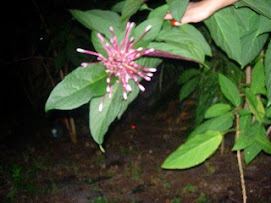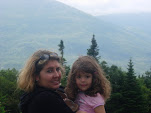Alexander, Bryan. "Web 2.0: A New Wave of Innovation for Teaching and Learning?." Educause Review March/April 2006 33-44. 26 Jan 2008 http://www.educause.edu/ir/library/pdf/erm0621.pdf.
In the article titled "Web 2.0: A Web of Innovation for Teaching and Learning?", Alexander conceptualizes Web 2.0 as "social software". He talks about how we are a blogging society. He says that blogs should be looked at as "streaming conversations". They should not be looked upon as books or collections of facts but rather as mini-discussions that talk about the facts and often include opinions. Blogging is "microcontent" that is open. It opens up the lines of communication, which in education is necessary. Teachers need a source with which to keep parents informed, communicate with students, and sometimes help parents to communicate with the students; blogs give us that avenue for self-expression.
Alexander went beyond blogging to discuss many ways in which socialization has created the new Web. The article homes in on social bookmarking sources such as del.icio.uc. and networking resources such as Jot Spot Live (www.jotlive.com). Jot Spot Live is a software resource that allows multiple students to create word documents that they may share and combine, which is helpful in assigning collaborative reports.
I got specific in my exploration of the Web 2.0. I wanted to relate it to what I do in education. From Alexander's article I walked away with many new resources as well as ideas for integration the Internet into instruction. This article offers many resources that would be helpful to educators. Many of the sources cited in this article should be in a bookmarking page specific designed for teachers. Alexander points out that Web 2.0 is still very young and still growing. We do not know exactly where it will end up but what we can see already, as this article explains is that the new Internet will centered upon socialization. Especially after finding this article, I am excited to see where Web 2.0 takes us.
Sunday, January 27, 2008
Subscribe to:
Post Comments (Atom)





No comments:
Post a Comment